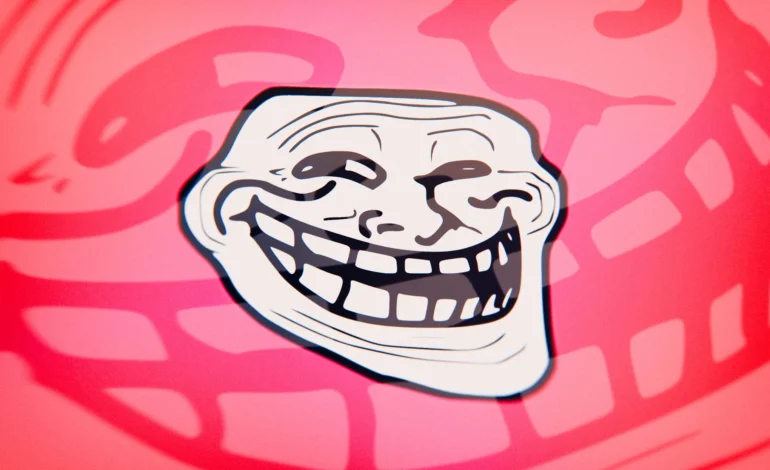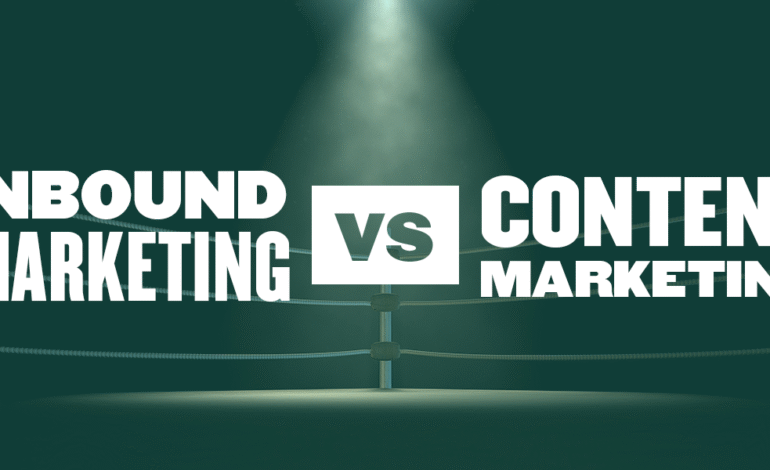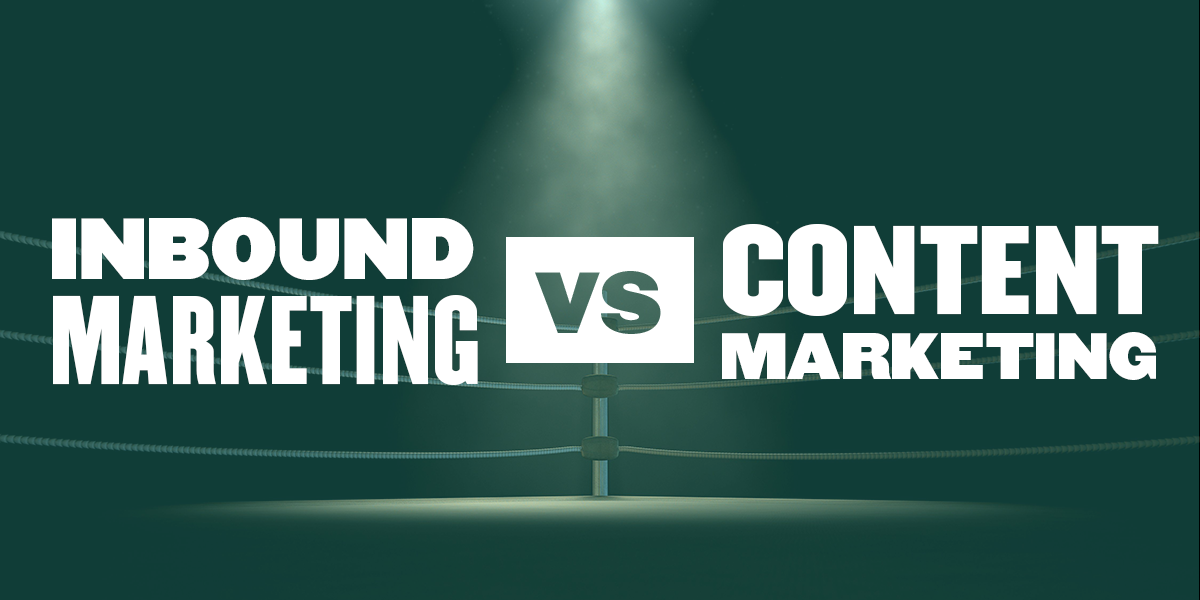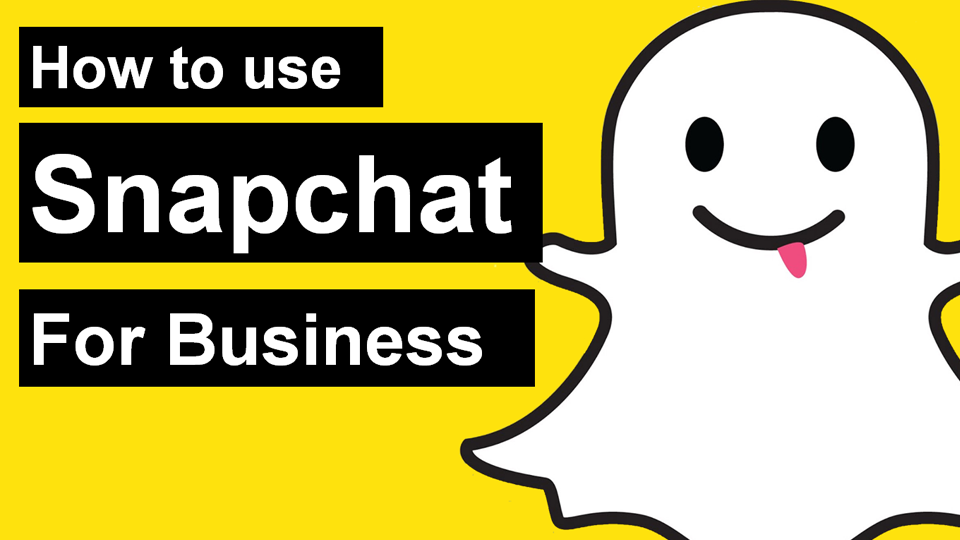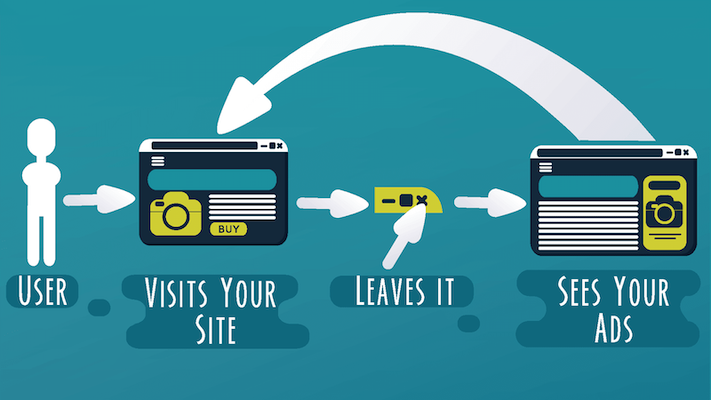5 psychology tricks for your marketing campaigns
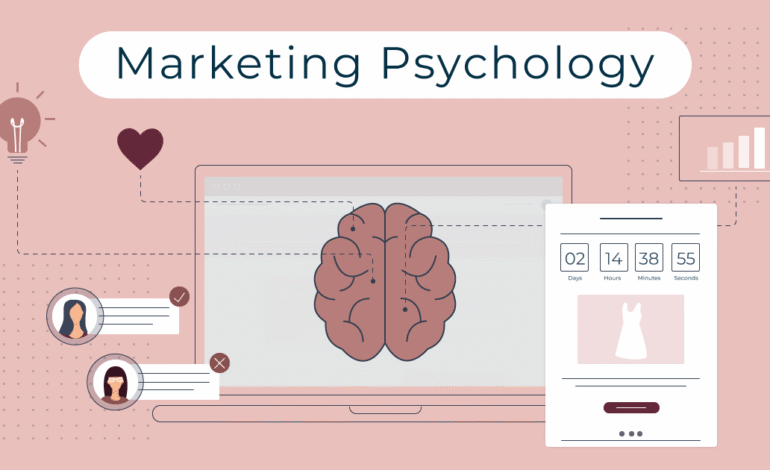
The Marketing campaigns are supported by many different disciplines, from graphic design to neuroscience. In the end, a good marketer has to be at least a “jack of all trades” and be willing to collaborate and learn from experts in very different disciplines.
But also, and above all, a good marketing professional has to have knowledge of psychology. We are getting a better understanding of the effect that advertising has on our psyche and how you can take advantage of it in your marketing campaign. Do you want to discover 5 great psychology tricks to make advertising more effective? Don’t miss this article!
5 Psychology Tricks to Create More Effective Marketing Campaigns
1) Tell stories about people
As much as it is hard for us to admit it, human beings will never be entirely rational. Although they show us objective data, in the end, what convinces us the most are the personal stories of our environment, or at least of people who look like us. Who hasn’t heard that “it works for me”?
For brands, telling stories is a way to get closer to the consumer, be understood, and transform their values. A lot of companies have turned to Storytelling in their campaigns, often with spectacular results.
How to use stories in your marketing campaigns?
One of the most effective ways to tap into this trend in our psyche is testimonials from people who have already used your brand and are satisfied. To amplify the effect, it is highly recommended that the testimony be on video or at least include real photos. In this way, it will be easier for the user to connect with the story they are being told.
Keep in mind that this technique is not incompatible with rational arguments, but complementary. You can (and should) continue to share your numbers, especially in the case of B2B marketing, but make sure to show the more human side as well.
2) Humanize your brand
And speaking of the human side, the next trick I wanted to share with you is to humanize your brand.
Sometimes this manifests itself literally, through fictional characters or mascots that represent the attributes of the brand (Mr. Clean, the Michelin Man…). On other occasions, the humanization of the brand is much more subtle, but the aim is always to get consumers to move from thinking about companies to thinking about people.
How to humanize your brand in your marketing campaign?
If you think that an anthropomorphic pet is not the right solution for your marketing campaign, don’t worry, you are left with many options.
One of the most useful resources is to do marketing with Influencers and Micro-influencers, who are associated with and represent the brand. If you’re going to use them, it’s critical that you research their profile well and make sure they fit.
To do this, the first thing you have to be clear about is what kind of values and people your brand represents. You may find it helpful to design a “buyer persona” or ideal customer who can serve as a guide for you and your team.
3) Harness the fear of loss
One psychology trick that all marketers should know is that fear of loss is a much more powerful force than the desire to achieve something. In other words, the negative feeling when we lose one thing is much more powerful than the positive feeling when we gain something equivalent. In the many studies that have been conducted on the subject, subjects were much more conservative about losing money than about gaining it, and fear of loss was more likely to move them to act.
How to use the fear of loss in your marketing campaigns?
Have you ever wondered why so many brands and services offer free trial periods? The answer is that once this period is over, it becomes much easier to convince users to stay so as not to lose what they have already achieved.
The fear of loss can also be channeled through language, for example, talking about the negative consequences of not taking advantage of an offer or limiting it in time or units.
4) Use pricing wisely
Neuromarketing and psychology have studied for years the reaction of people to different prices in products. And what they have discovered is that, of course, we are not rational here either.
How to use pricing to improve your marketing campaigns?
We have (to some extent) control over the prices of products and how they are displayed to the consumer. And this power is gold. Here are some psychological tricks to get customers to buy more and more expensive products:
- The prices are almost round, that is, the usual “9.99 euros”. Yes, it’s a very old trick… but it still works.
- Comparisons. Many times, things seem cheap or expensive in relation to others, so it is natural that we compare the prices of several similar products before deciding on a specific one. Use it to your advantage!
- The prices decoy. This trick is a bit more sophisticated, but at its core it’s still based on comparisons… only between products of the same brand. The goal is to get users to buy the most expensive one. For example, if the small package of product X costs 35 and the large one 75, most users will opt for the small one. But if we add a medium product to 65, it will be easier to justify buying the large one because “it only costs 65 more than the medium.”
5) Have a presence everywhere
You know when you discover a new word and suddenly hear it everywhere? Well, the same applies to products and is called the Baader-Meinhof phenomenon or frequency illusion. Suddenly, that interesting new product is everywhere, and your interest in it grows like wildfire.
How to use the Baader-Meinhof phenomenon in your marketing campaign?
Very simple: find your ideal target and try to reach them through different means. A banner, a television spot, a Facebook ad… make them keep you in mind and be intrigued to get to know you better, but always controlling the frequency of impacts so as not to overwhelm.

